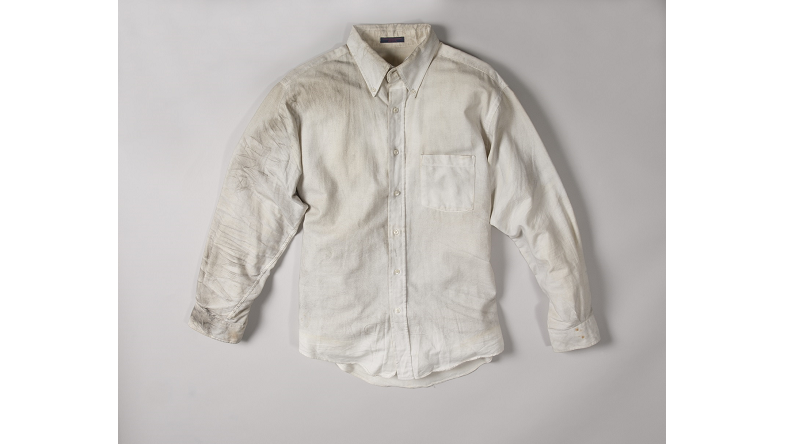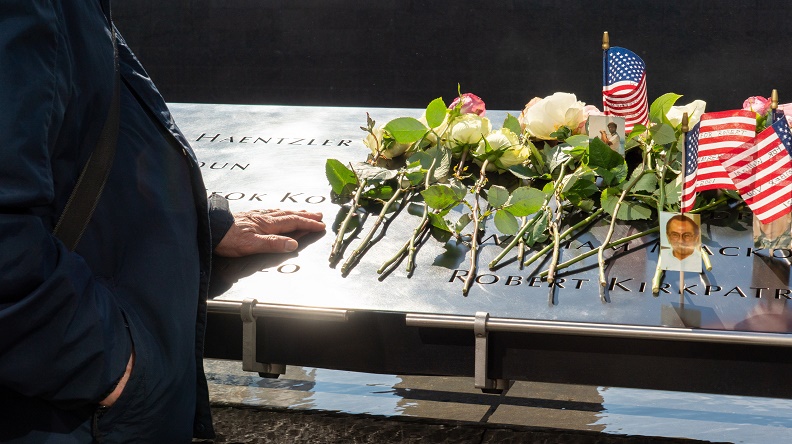Make a donation to the museum
Recap: “The Domestic Terrorist Threat”
Recap: “The Domestic Terrorist Threat”
Last week, the 9/11 Memorial & Museum continued its digital public program series When the World Changes with Asha Rangappa, former FBI special agent and now a senior lecturer on national security law at Yale University, and Greg Ehrie, a 22-year veteran of the FBI and now vice president for law enforcement & analysis at the Anti-Defamation League (ADL).
In conversation with Clifford Chanin, executive vice president and deputy director for museum programs, Rangappa and Ehrie discussed the growing threat of violent domestic terrorism, political disinformation, the role of social media in perpetuating extremism, and prevention efforts for law enforcement and the new administration.
In the clips below, Rangappa and Ehrie reflect on recent incidences of domestic terrorism and what these events reveal about the United States:
Domestic Terrorism Threat
“I think that this might have been the first time that the American consciousness really wrapped its mind around the idea of something like domestic terrorism. For 20 years we’ve been thinking of terrorism as a foreign threat. That it is coming from a particular set of countries, from a particular ideology, it looks a particular way, it manifests in a particular way—it’s all explosions, or airplanes, or something like that. And so this, I think, was a paradigm shift—whether or not it was the peak of the movement—I think in a way that maybe Charlottesville even wasn’t. I think Charlottesville was shocking, but I think this was a paradigm of, ‘Oh we have a problem here that we’re going to have to deal with because it’s not going away.’ It’s not going away because of this administration change or something like that, this is a long-term threat.”
Domestic Terror Threat
“Domestic terrorism is not new but as, again, my colleague said, we’re so used to seeing this on foreign soil, or a foreign attack on us—this was us. This was our citizens coming together and consciously making this choice, that we’re going to invade and commit this terrorist attack. I think as we see, you know, again, over the last four years these groups have been ‘emboldened’ is the word I hear a lot now. They were there but now, for whatever reason, they felt they can come out and not have to stay in the shadows. They all knew, as citizens here, when they were conducting this attack they were being filmed, for the most part their faces weren’t covered, they were going to be identified and that didn’t bother them in the least. They felt they were doing the right thing to support their ideology. So very scary to see this from ourselves and very difficult for one of the first times in our history we can’t point elsewhere, this is us.”
For more public programs like these, please visit our past program archive or check 911memorial.org/programs to learn of forthcoming programs.
By 9/11 Memorial Staff
Previous Post
Smoke-Stained Dress Shirt Shows the Perilous Conditions of 1993 WTC Evacuation

More than 1,000 people were injured on February 26, 1993, most suffering from smoke inhalation. When Walter Travers finally returned home that cold February evening, exhausted, he shed his gray, smoke-stained white button-down shirt.
Next Post
Ceremony Marks the 28th Anniversary of the First Attack on the World Trade Center

The 9/11 Memorial & Museum held an intimate, socially distanced ceremony to commemorate the 28th anniversary of the first attack on the World Trade Center in 1993.